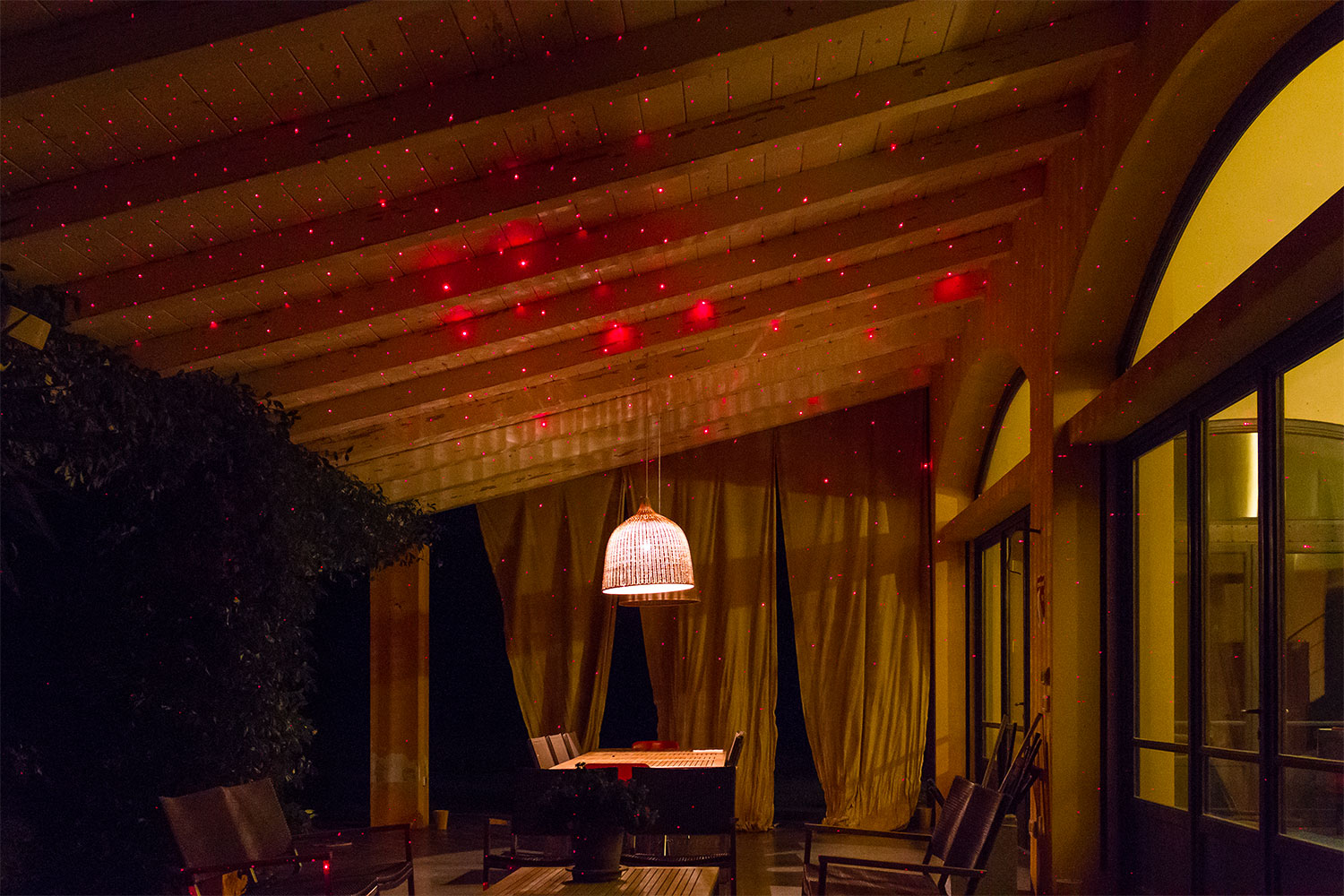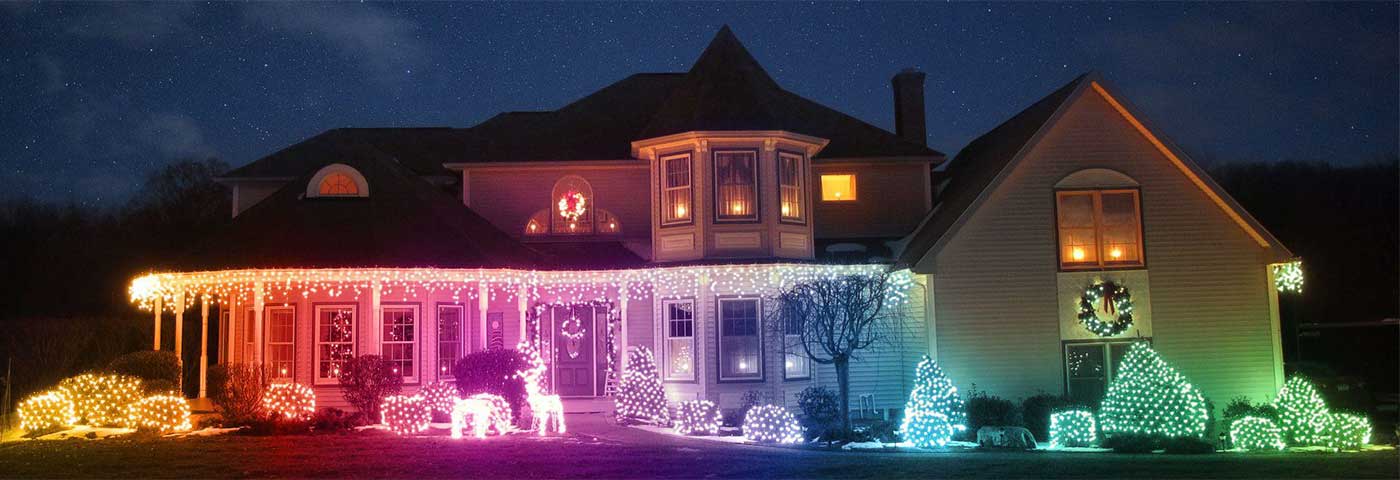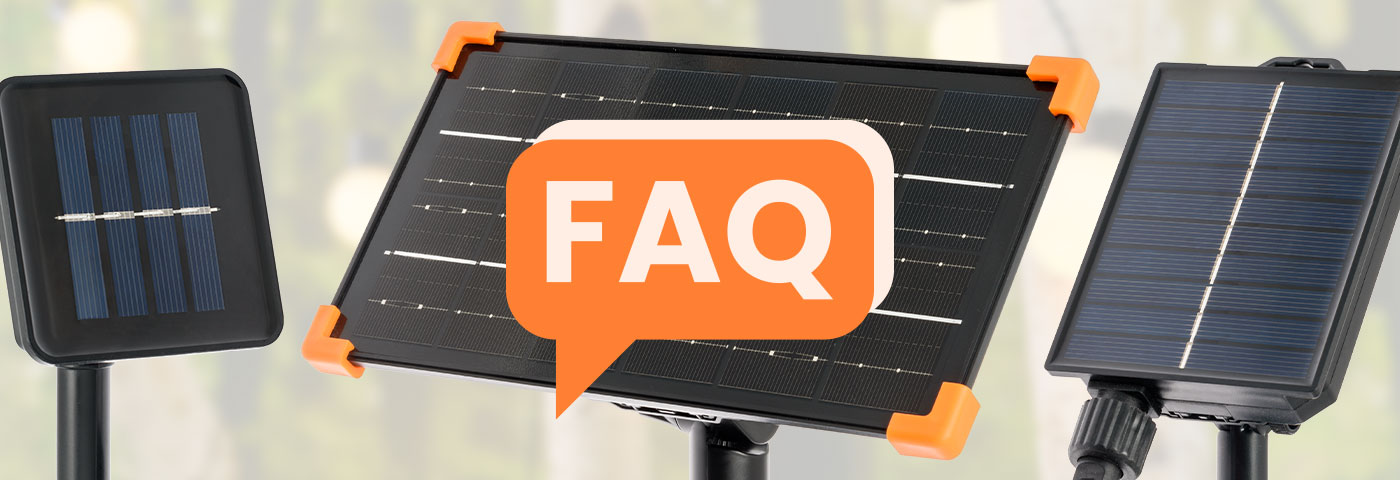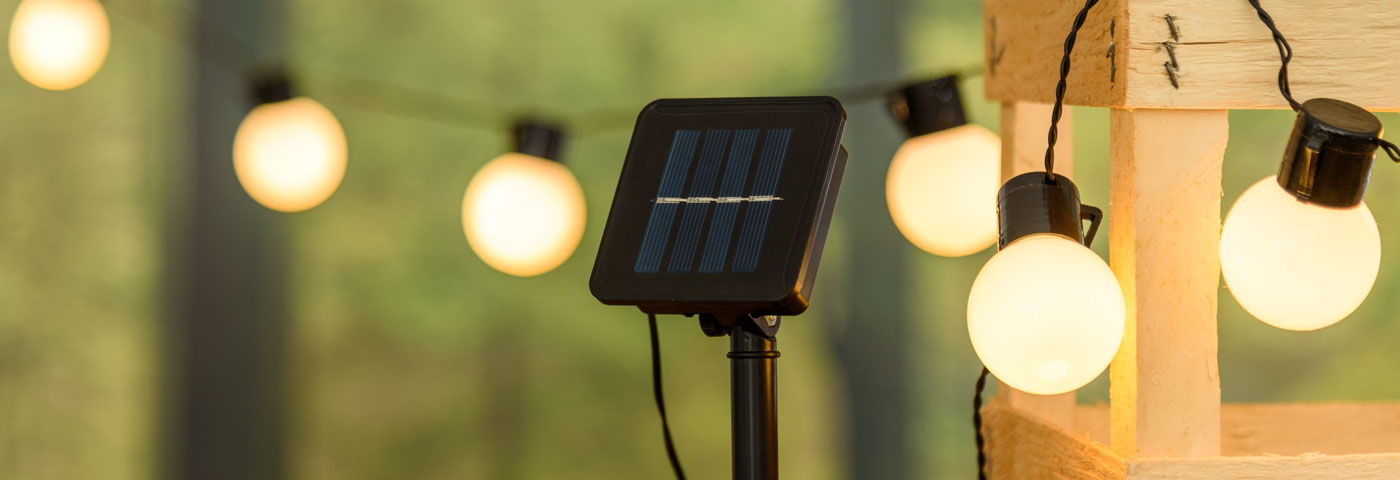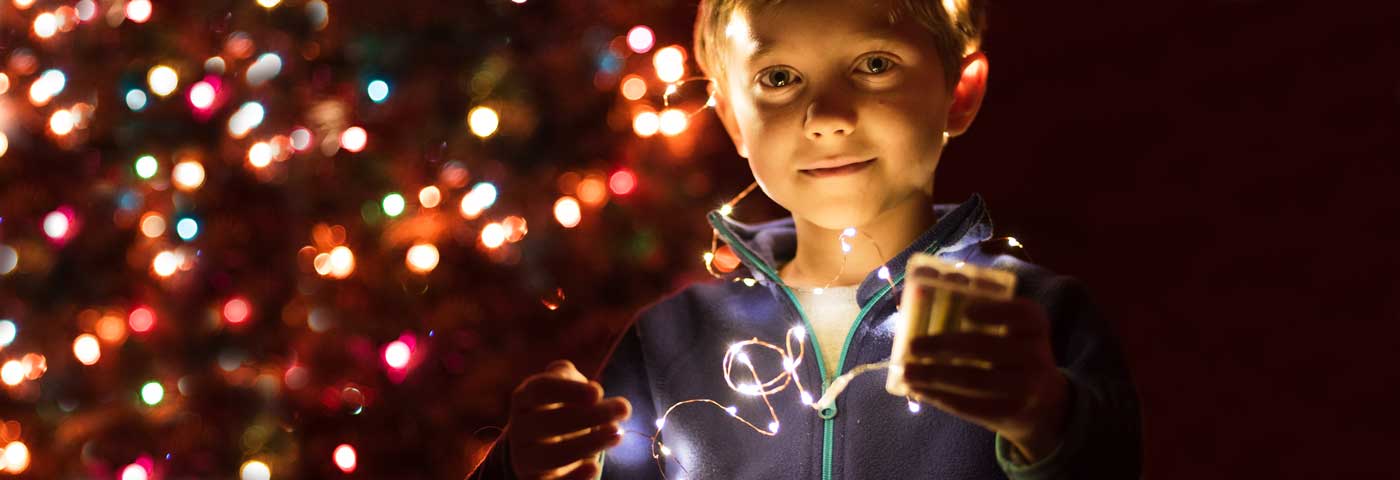5 things to know about LED and laser projectors
Find out how to use them and what conditions are required for optimal performance.
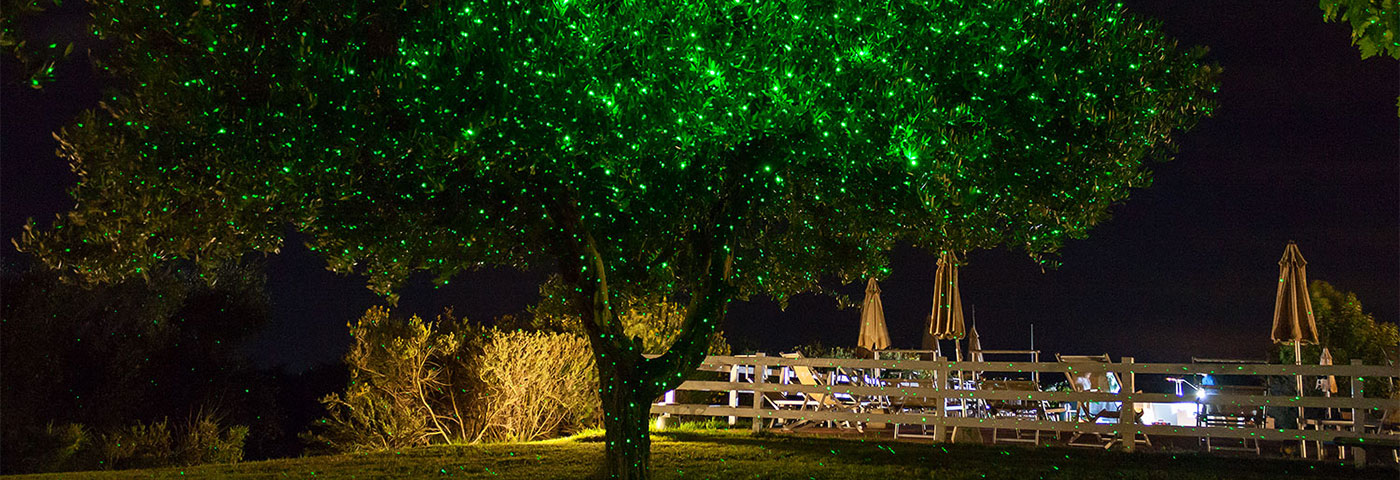
Date
04.09.2017
Reading time
5 min
Quando si avvicina il Natale in molti scelgono di acquistare un proiettore luminoso led o laser per decorare e illuminare la casa o il giardino durante le feste.
Tanti sono i quesiti che i nostri clienti ci hanno posto in merito al funzionamento dei proiettori laser, quali siano i migliori e come utilizzarli per ottenere una resa ottimale. Con questo articolo vogliamo darti qualche dritta per sfruttarli al meglio.
1. Project on dark, unlit walls
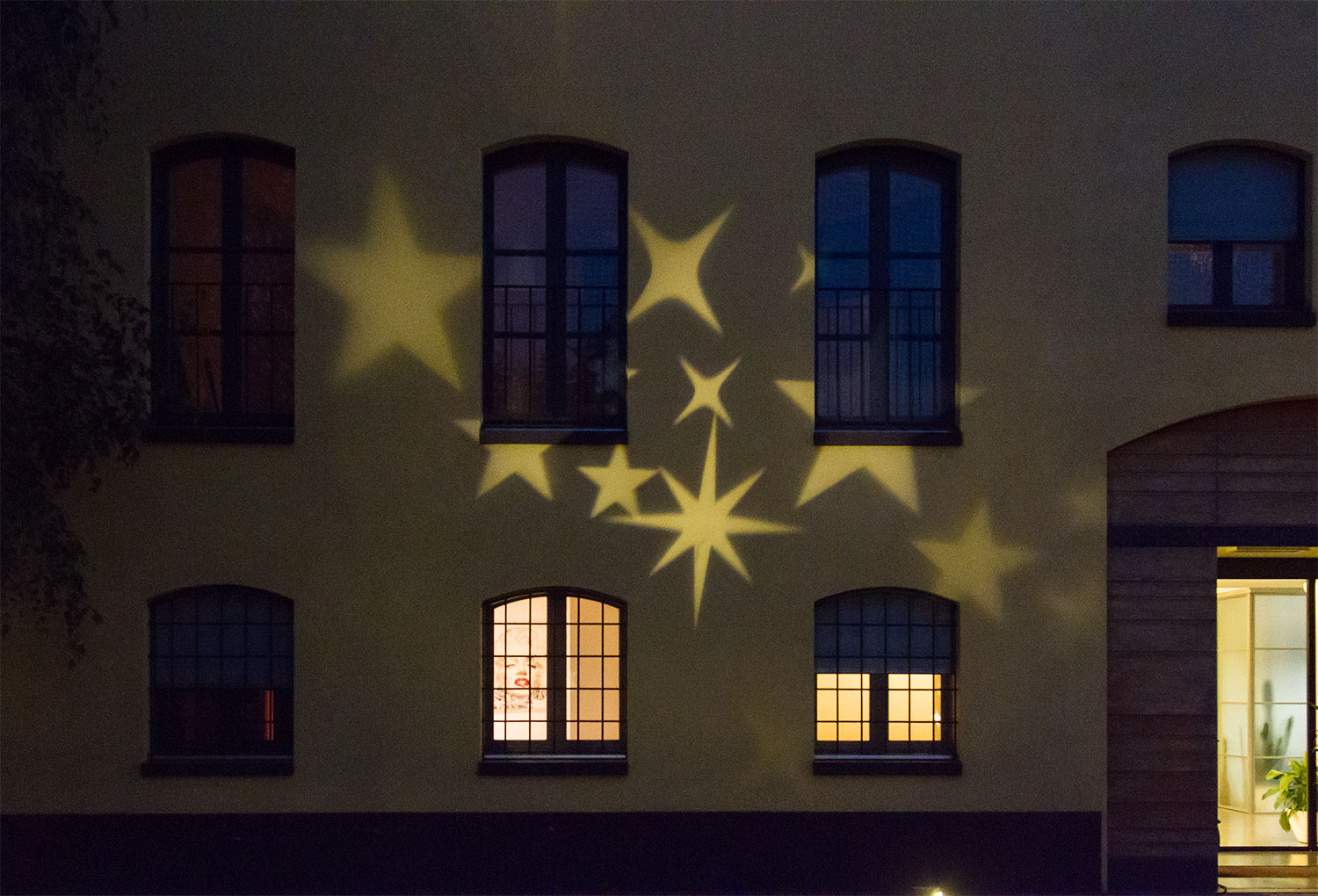
I proiettori led o laser per esterno presenti nel nostro catalogo sono innanzitutto decorativi: la potenza di luce è limitata ma sufficiente a decorare i muri delle case private e ad illuminare siepi e piante del tuo giardino.
Per avere un’idea della potenza di luce di un proiettore led prendi a riferimento il consumo, espresso in Watt.
Un consumo compreso tra uno e cinque Watt è indice di poca potenza e luminosità; minore è il consumo, minore dev’essere la distanza tra la fonte di luce e la superficie da illuminare.
L’oscurità è in ogni caso un elemento fondamentale e decisivo: proietta immagini natalizie o puntini a effetto cielo stellato su pareti esterne di casa che non siano già illuminate da lampioni o faretti.
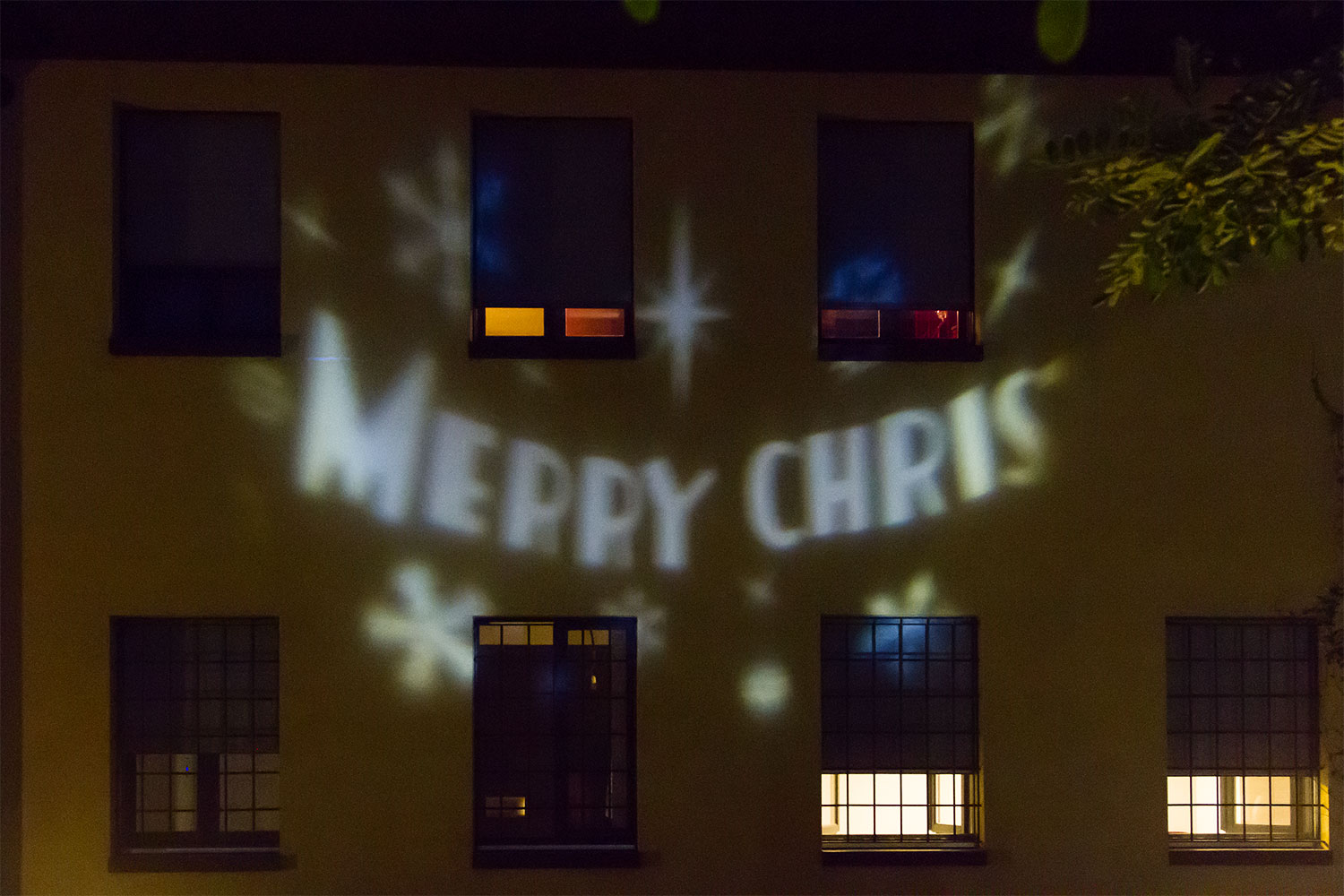
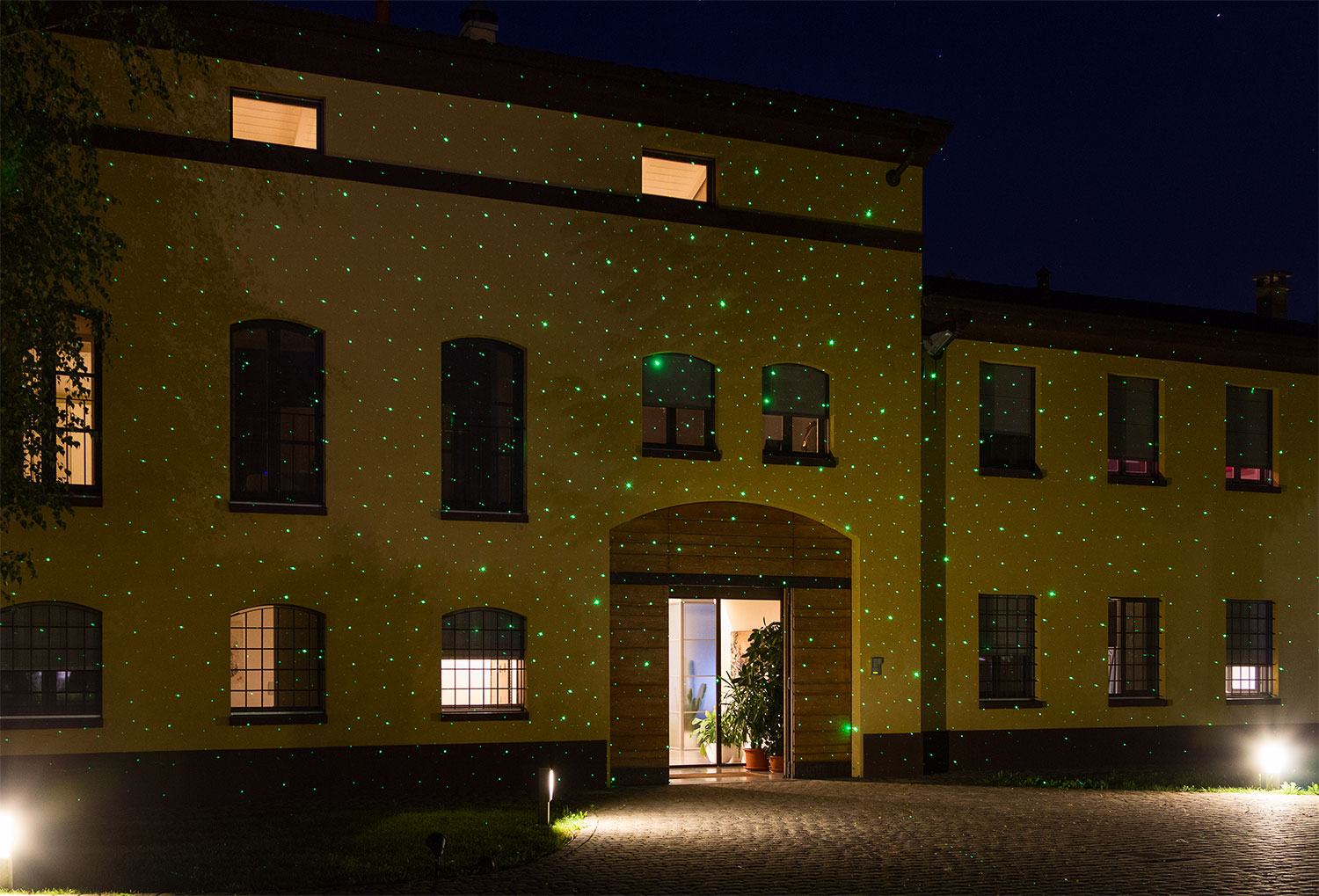
We therefore advise against the use of projector in city streets, in or outside shops, for shop window decoration as well as in public places. These are places where you cannot normally control the lighting and on which projectors do not produce a satisfactory effect.
In these cases, we suggest you consider purchasing professional projectors, available from specialised dealers, which offer very high light powers. Our projectors are intended for domestic use and are designed for special events or Christmas celebrations.
2. The secret is the right size: not too close, not too far away
Another difficulty is figuring out at what distance and where to position your outdoor projector.
As you can imagine, there is no one-size-fits-all answer, but don't worry: give it a try and you will soon find the ideal solution for your space.
In general, it is not recommended to place a projector on a windowsill or too close to a wall as the image would not have sufficient space to take shape.
Similarly, if you place it too far away you risk having a very large image that covers a large area but is not very clear.
For best performance, place the projector perpendicular to the surface to be illuminated. If you place it at an angle to the wall, consider that the image may appear distorted to the eye. Furthermore, the perception will be different depending on the perspective from which you look at it.
Sometimes it is necessary to use several projectors to cover a large area well, especially to give uniformity to the lighting effects.
3. What to illuminate with a projector? Better LED or laser?
Generally speaking, we cannot decorate glass or light up the sky with a spotlight. We also obtain an unpleasant effect if we place it in the direction of bare plants without foliage.
The spotlight is ideal for decorating solid surfaces, pools and plants, bushes and hedges. The effect on the latter is satisfactory if the foliage is thick and rich, so that the decorative lights bring out shapes, volumes and colours.
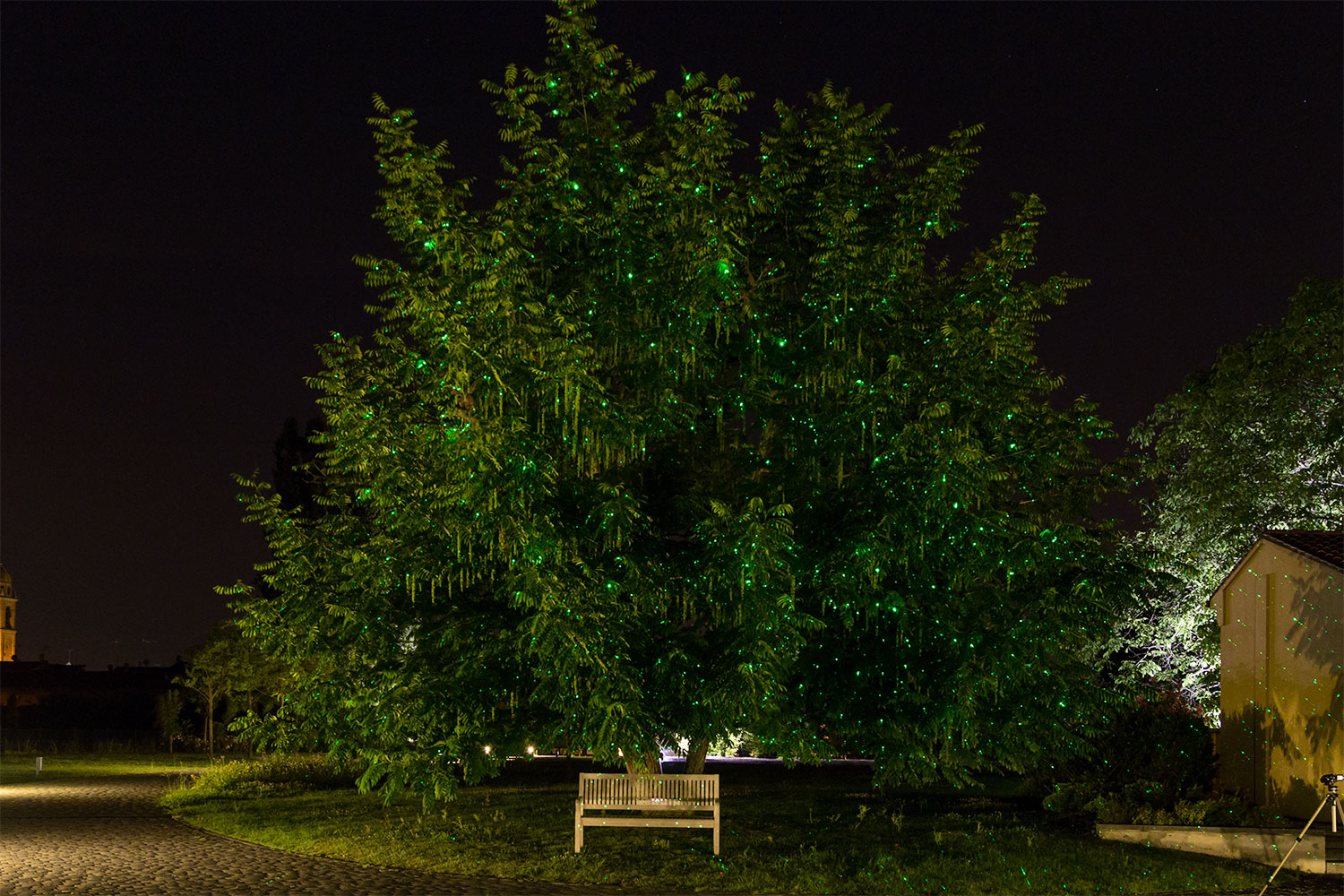
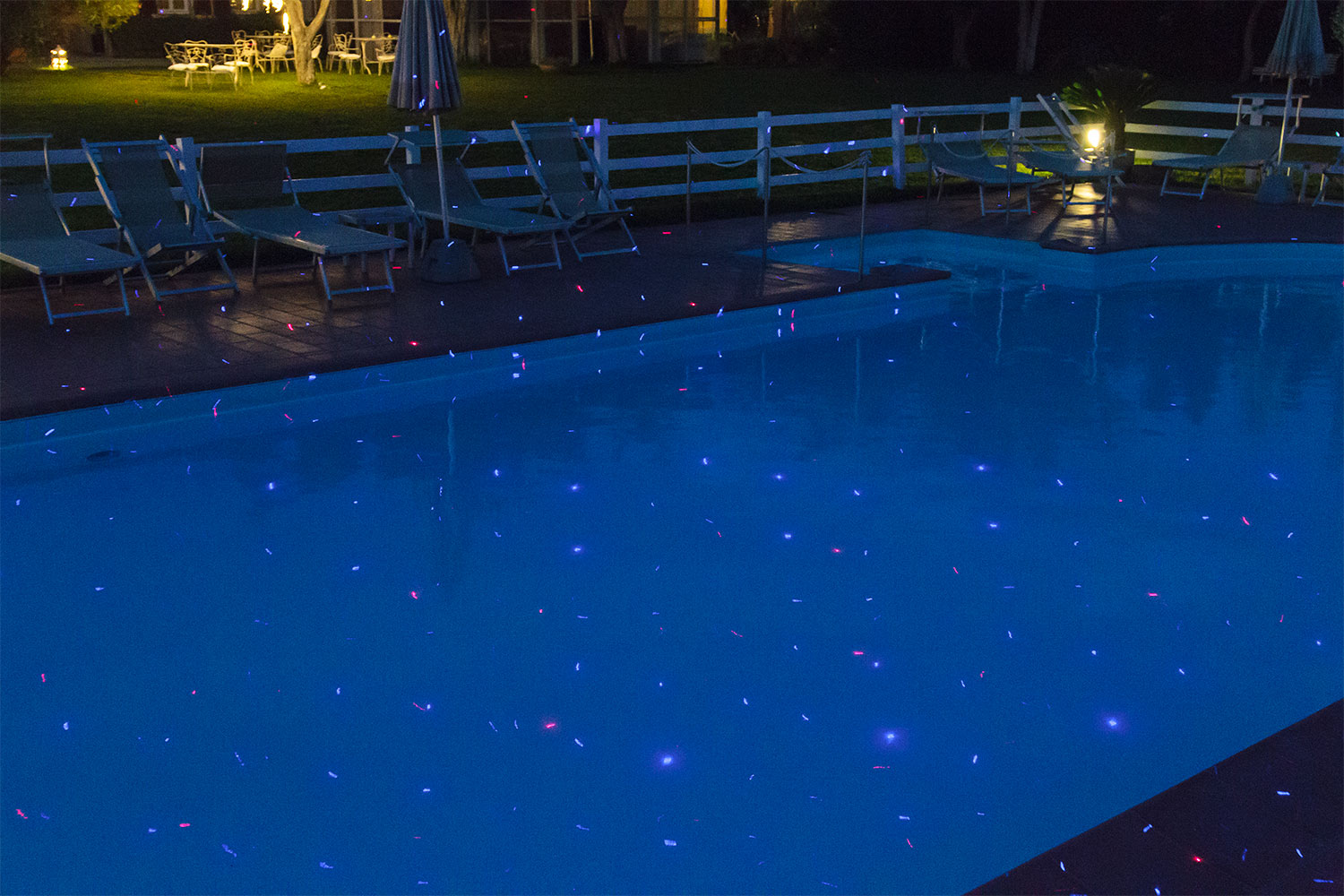
A seconda della superficie da illuminare scegli il proiettore più indicato per l’uso che ti prefiggi. In generale i proiettori led si prestano bene a decorare i muri, mentre i proiettori i laser, che sono più potenti, risultano efficaci su pareti, piscine e piante.
4. Un uso consapevole per una maggiore durata
I nostri proiettori sono sicuri e certificati ma, lo ricordiamo, non sono pensati per un uso professionale. Sono pensati per chi desidera decorare e abbellire la propria casa in vista di un evento speciale e sono la soluzione ideale in particolar modo per chi cerca un proiettore di luci di Natale.
Consigliamo quindi di non tenere acceso il proiettore ininterrottamente tutto il giorno, così che non si surriscaldi e si mantenga in buone condizioni per lungo tempo.
Se ti infastidisce l’idea di doverlo spegnere e accendere manualmente opta per proiettori dotati di un crepuscolare, grazie al quale l’accensione avviene in automatico al calare del buio e lo spegnimento quando sorge il sole.
In alternativa puoi acquistare un timer per regolare la durata dell’accensione.
5. Non tutti i colori sono uguali
Molti scelgono il colore di luce secondo il proprio gusto estetico senza considerare che ogni colore ha una resa diversa a seconda dell’area che si desidera illuminare.
Il verde è il colore ideale per illuminare una pianta, per darle volume ed intensità; insieme al blu è una delle tinte più brillanti, anche a maggior distanza.
Il rosso e le tonalità del bianco risaltano meglio su pareti lisce e quando il proiettore è poco distante dal muro. Più ci si allontana peggiore è la qualità della proiezione, soprattutto se il proiettore è a led.
Se sei alla ricerca di un proiettore luci per decorare i tuoi spazi esterni per un evento speciale o stati pensando di acquistare un proiettore di luci Natalizie per decorare il tuo giardino durante le feste natalizie ti consigliamo di dare un’occhiata alla nostra pagina dedicata.
